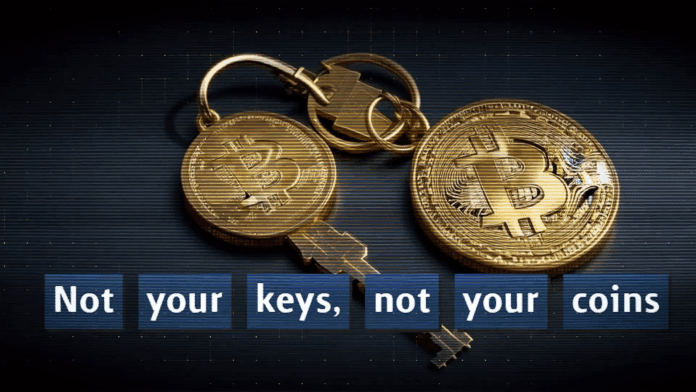In the rapidly evolving world of cryptocurrency, one question always remains paramount: is your crypto safe? The answer hinges largely on where and how you store your digital assets. With countless wallet options flooding the market, choosing the right one can feel overwhelming. This comprehensive guide dives into the best crypto wallets for 2025, exploring both hardware and software options, their security features, usability, and which might best suit your crypto journey.
Whether you’re a seasoned HODLer or a newcomer eager to protect your coins, understanding the distinctions between custodial vs. non-custodial wallets, hot vs. cold storage, and software vs. hardware wallets is essential. We’ll walk you through the top six wallets dominating the scene in 2025 and share practical tips for keeping your crypto secure in each.
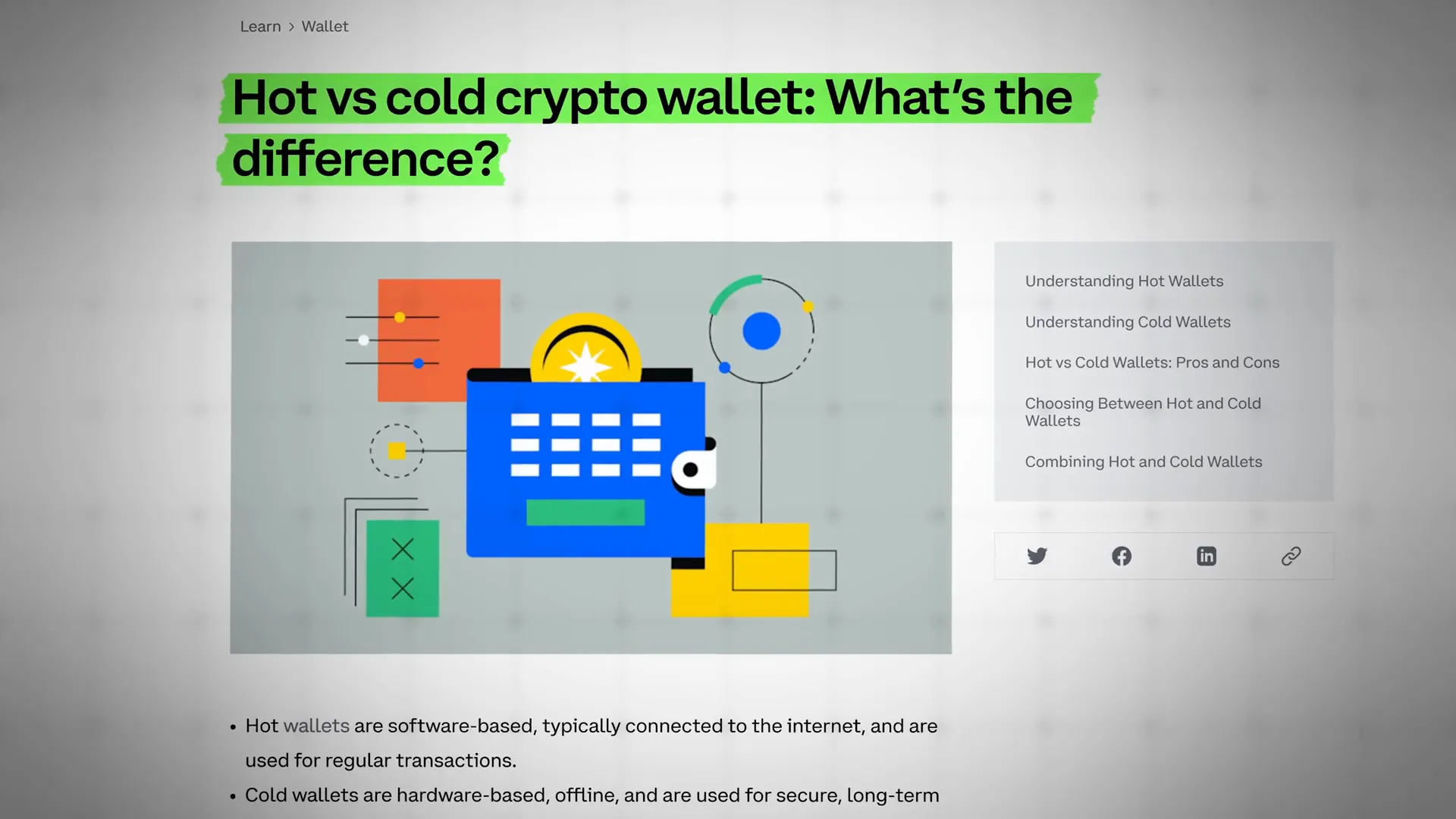
Table of Contents
- Understanding Crypto Wallets: Custodial, Non-Custodial, Hot, and Cold
- Hardware Wallets: The Gold Standard for Cold Storage
- Software Wallets: Convenience Meets Security
- Key Tips for Keeping Your Crypto Safe in 2025
- Conclusion: Which Are the Best Crypto Wallets 2025?
- Frequently Asked Questions (FAQ)
Understanding Crypto Wallets: Custodial, Non-Custodial, Hot, and Cold
Before we dive into the best wallets available, it’s crucial to understand the fundamental categories into which crypto wallets fall. Crypto wallets can be broadly classified based on custody and connectivity:
- Custodial vs. Non-Custodial Wallets
- Hot vs. Cold Storage
- Software vs. Hardware Wallets
Custodial Wallets – Why They Are Risky
Custodial wallets are accounts where a third party, typically a centralized exchange, holds your crypto on your behalf. While convenient, history has shown that keeping your crypto on exchanges for extended periods is risky. If the exchange experiences technical issues, hacks, or regulatory shutdowns, you may lose access to your funds entirely.
Therefore, it’s advised never to keep crypto on an exchange longer than necessary for trading or liquidity purposes.
Non-Custodial Wallets – Taking Control of Your Crypto
Non-custodial wallets, often called self-custody wallets, give you full control over your private keys and crypto assets. The mantra here is simple: not your keys, not your crypto. This type of wallet represents the minimum standard for safe crypto storage, ensuring that only you have custody of your funds.
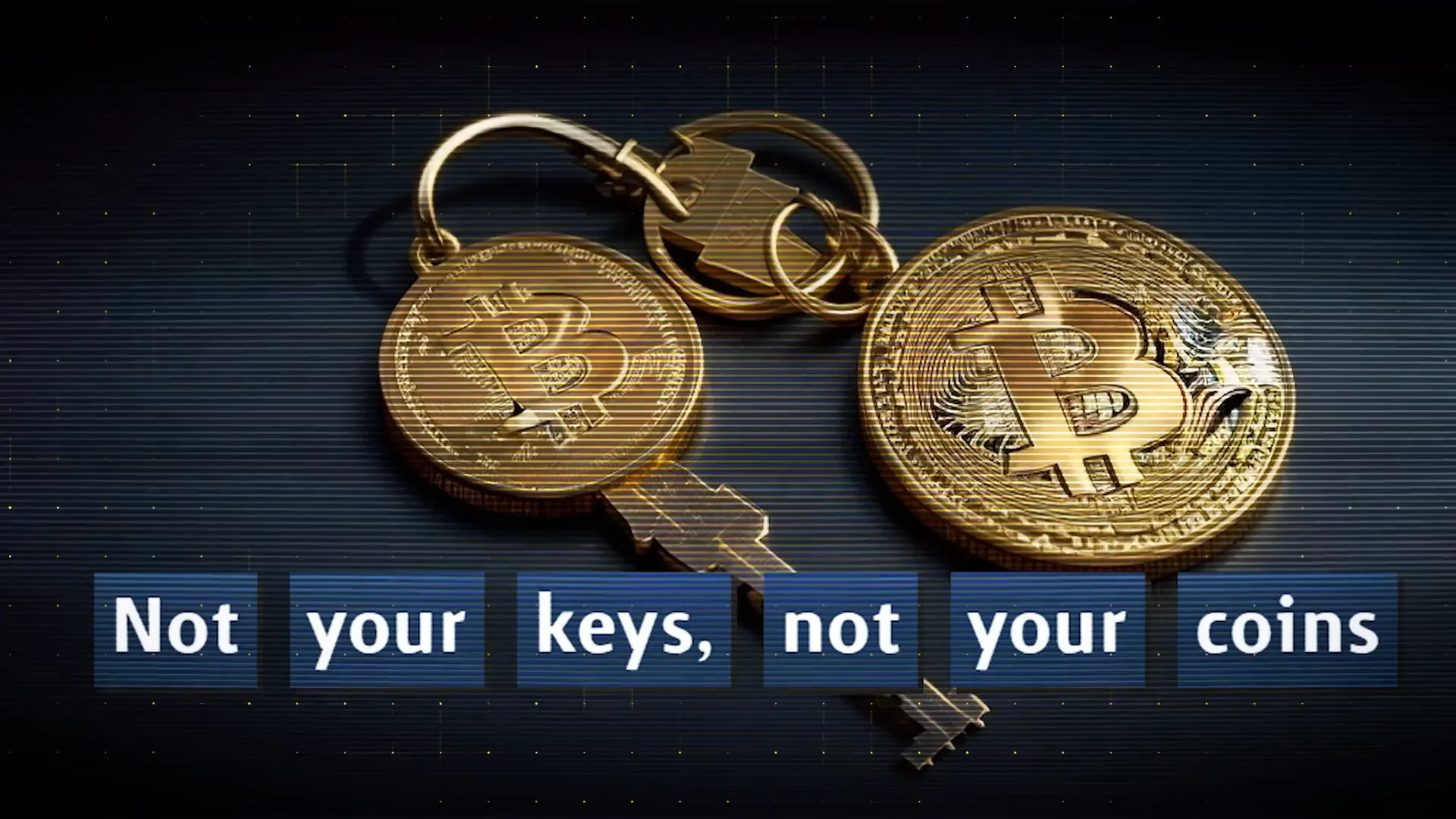
Hot vs. Cold Wallets
Non-custodial wallets split further into hot and cold storage:
- Hot Wallets: These are software wallets connected to the internet, such as mobile apps or browser extensions. While convenient for frequent transactions, they are vulnerable to hacking, malware, and phishing attacks.
- Cold Wallets: These store crypto offline, usually via hardware wallets, drastically reducing exposure to online threats.
Simply put, cold wallets are the most secure way to store crypto, as they are disconnected from the internet and immune to remote attacks.
Software vs. Hardware Wallets
Software wallets are digital applications that manage your crypto keys, usually connected to the internet (hot wallets). Hardware wallets are physical devices designed solely to store private keys offline (cold wallets). While software wallets offer ease of access and usability, hardware wallets provide the highest level of security for long-term holdings.
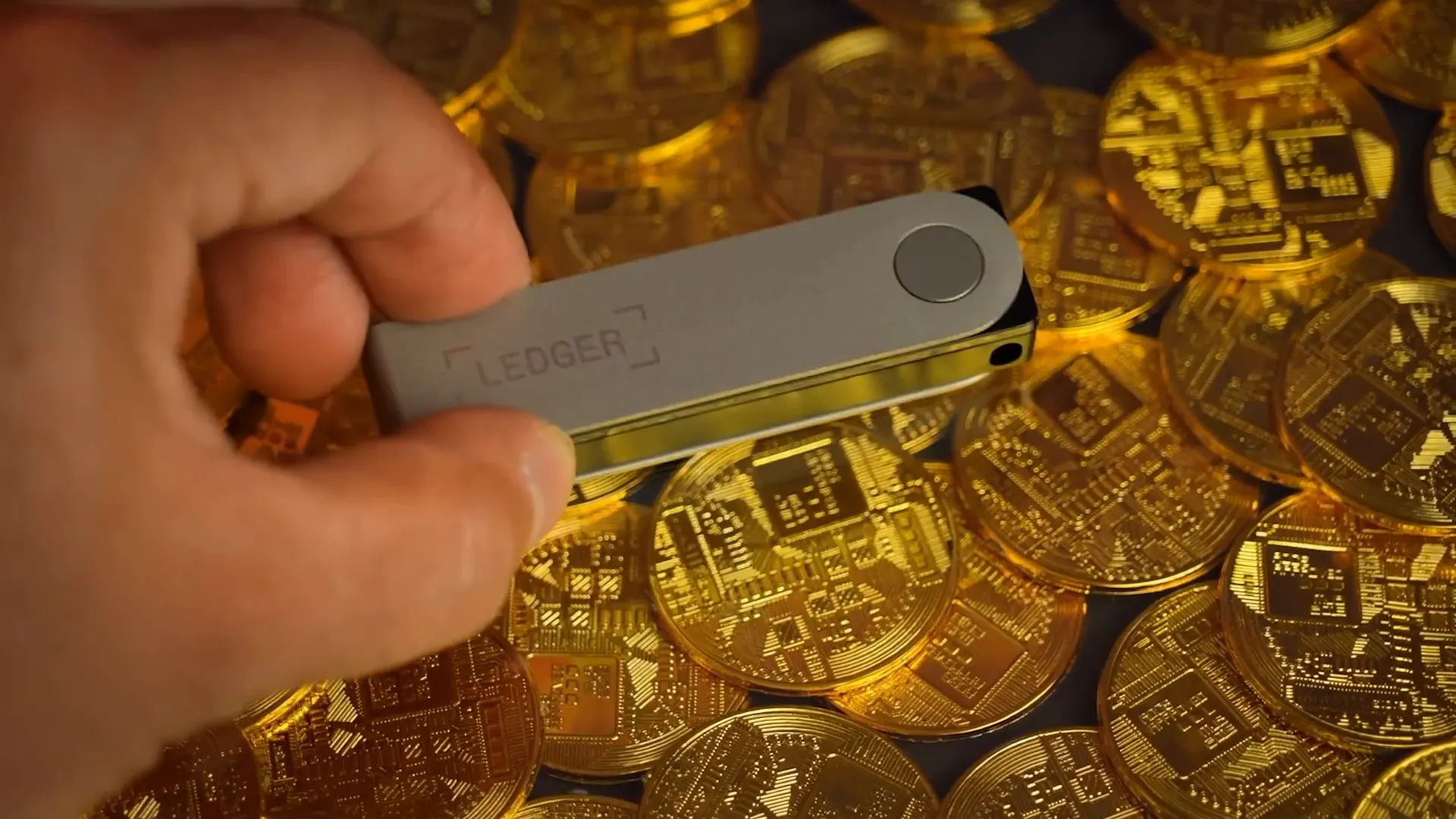
Hardware Wallets: The Gold Standard for Cold Storage
If you’re planning to hold crypto assets for more than the short term, a hardware wallet is essential. But does more expensive mean more secure? Not necessarily. Let’s explore why simplicity often trumps premium features in hardware wallets.
Why Simplicity Matters
Hardware wallets are designed to be “dumb” devices with a single job: keep your private keys offline and secure. The fewer features and complexity, the fewer vulnerabilities that can arise. For example, some newer hardware wallets offer Bluetooth connectivity for convenience, but this introduces additional attack vectors.
Indeed, in September 2024, a Bluetooth vulnerability affecting certain wallets was exposed. However, manufacturers emphasized that only non-sensitive data is transmitted via Bluetooth, leaving private keys and recovery phrases safe. Still, this incident highlights a security trade-off when opting for more feature-rich wallets.
Meet the Market Leaders: Ledger and Trezor
Two companies dominate the hardware wallet market: Ledger and Trezor. Both have long histories, millions of users, and solid reputations, but their approaches differ significantly.
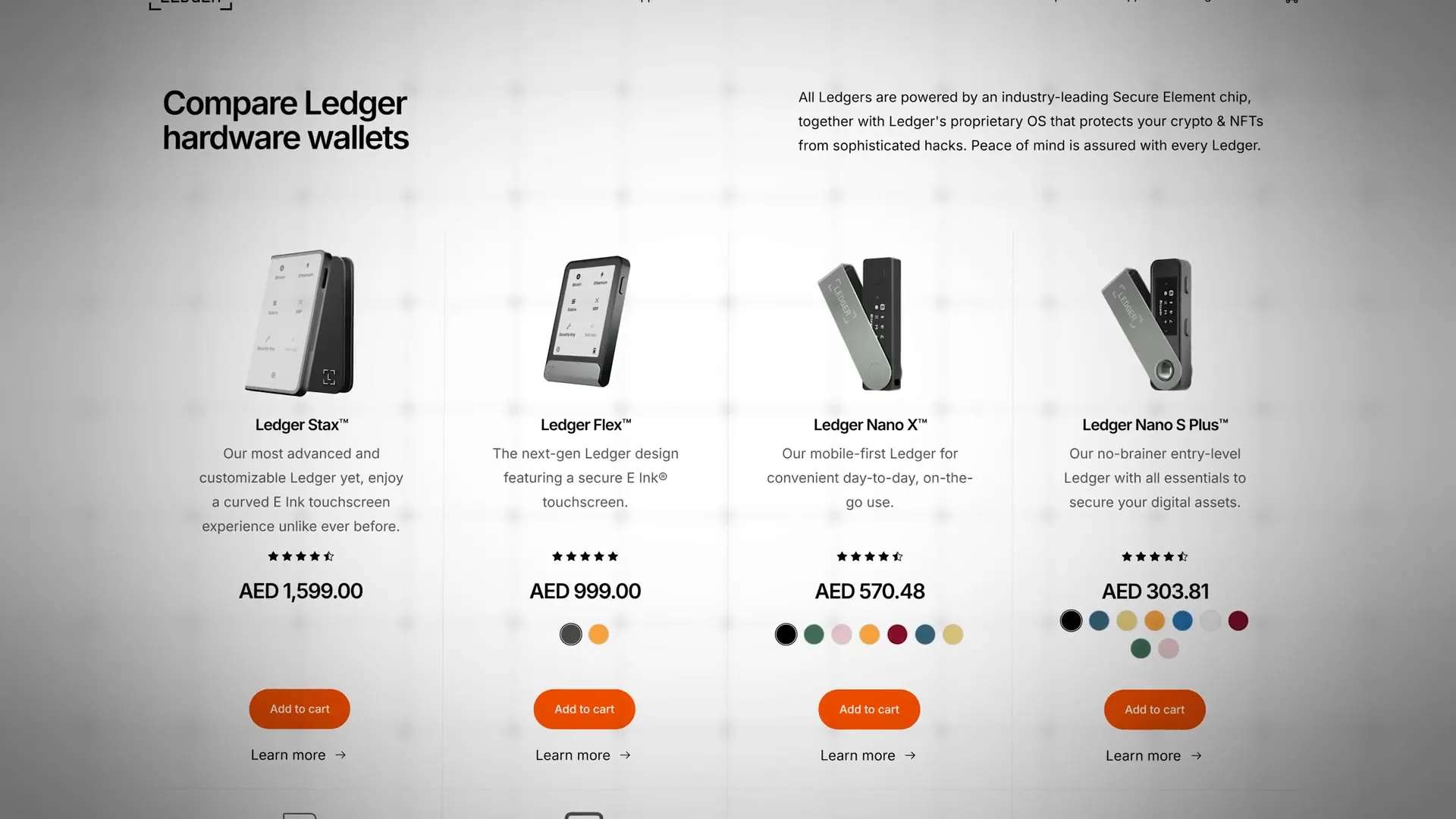
Ledger: The Market Leader with a Range of Options
Founded in Paris in 2014, Ledger is the largest hardware wallet manufacturer globally. Since 2023, their product lineup has doubled from two to four models, priced between $79 and $399. Let’s break down the key models:
- Ledger Nano S Plus: Entry-level, USB stick style, monochrome OLED screen, supports Windows, macOS, Linux, and Android.
- Ledger Nano X: Slightly larger, supports iOS and Android, connects via Bluetooth for wireless convenience.
- Ledger Stacks: Flagship model with a 3.7-inch curved touchscreen, NFC for password-free logins, wireless charging, and premium design.
- Ledger Flex: Mid-tier model with a 2.84-inch flat plastic screen, USB-C, Bluetooth, and NFC, but no wireless charging.
The Nano series remains popular due to its discreet USB stick form factor — perfect for on-the-go users who want to avoid drawing attention. The newer Stacks and Flex models offer more premium features and aesthetics but provide the same core security: keeping private keys offline.

Security Features and Ratings
All Ledger devices, except the Nano X, include a Secure Element — a tamper-resistant chip certified at CCEAL 6+, one of the highest security certifications for hardware. The Nano X is rated CCEAL 5+, indicating slightly less extensive verification but not necessarily less secure in practice.
Which Ledger Wallet Should You Choose?
If budget is a concern, the Nano S Plus or Nano X are excellent choices, with the Nano X adding iOS support and Bluetooth convenience. For those willing to pay more for usability and premium features, the Stacks and Flex provide elegant designs and additional functionalities.
Ultimately, the most expensive Ledger wallet is no more secure than the cheapest. The deciding factors are your budget, how often you transact, and whether you value extra convenience features.
Trezor: The Open Source Pioneer
Trezor, founded in Prague in 2013, was among the first hardware wallet manufacturers. Unlike Ledger’s proprietary software, Trezor embraces an open-source philosophy, making its codebase publicly available for scrutiny. This transparency fosters community trust and rapid identification of vulnerabilities.

Models and Pricing
- Model One: Entry-level, no Secure Element, priced around $49.
- Safe 3: Mid-range, Secure Element certified at CCEAL 6+, monochrome OLED screen, priced around $79.
- Model T: Older mid-range model with color touchscreen, priced around $129.
- Safe 5: Top-tier model with color touchscreen, Secure Element, Gorilla Glass, and haptic feedback, priced at $169.
Unique Features
Trezor offers the Shamir Backup, a recovery system that splits your seed phrase into multiple parts distributed among trusted parties. You only need a threshold number of parts to recover your wallet, adding an extra layer of security against loss or theft.
Considerations
While Trezor’s open-source software is a major plus, it supports fewer cryptocurrencies (around 1,500) compared to Ledger’s 5,500+. Additionally, Trezor’s mobile app only allows balance monitoring and receiving crypto — sending transactions requires desktop software.
Also worth noting is that the Model One uses a micro USB cable, which may require adapters for newer devices.
Software Wallets: Convenience Meets Security
Although hardware wallets are the gold standard for security, most crypto users spend more time in software wallets — hot wallets connected to the internet through mobile apps or browser extensions. Given the lower barriers to entry for developers, the market is flooded with software wallets of varying reputations and security.
Here are the top four software wallets that balance usability and security in 2025.
1. Exodus: The OG of Software Wallets
Founded in Nebraska in 2015, Exodus is one of the oldest and most trusted software wallets. The company recently became the first wallet-only crypto firm to go public on the New York Stock Exchange, highlighting its credibility.
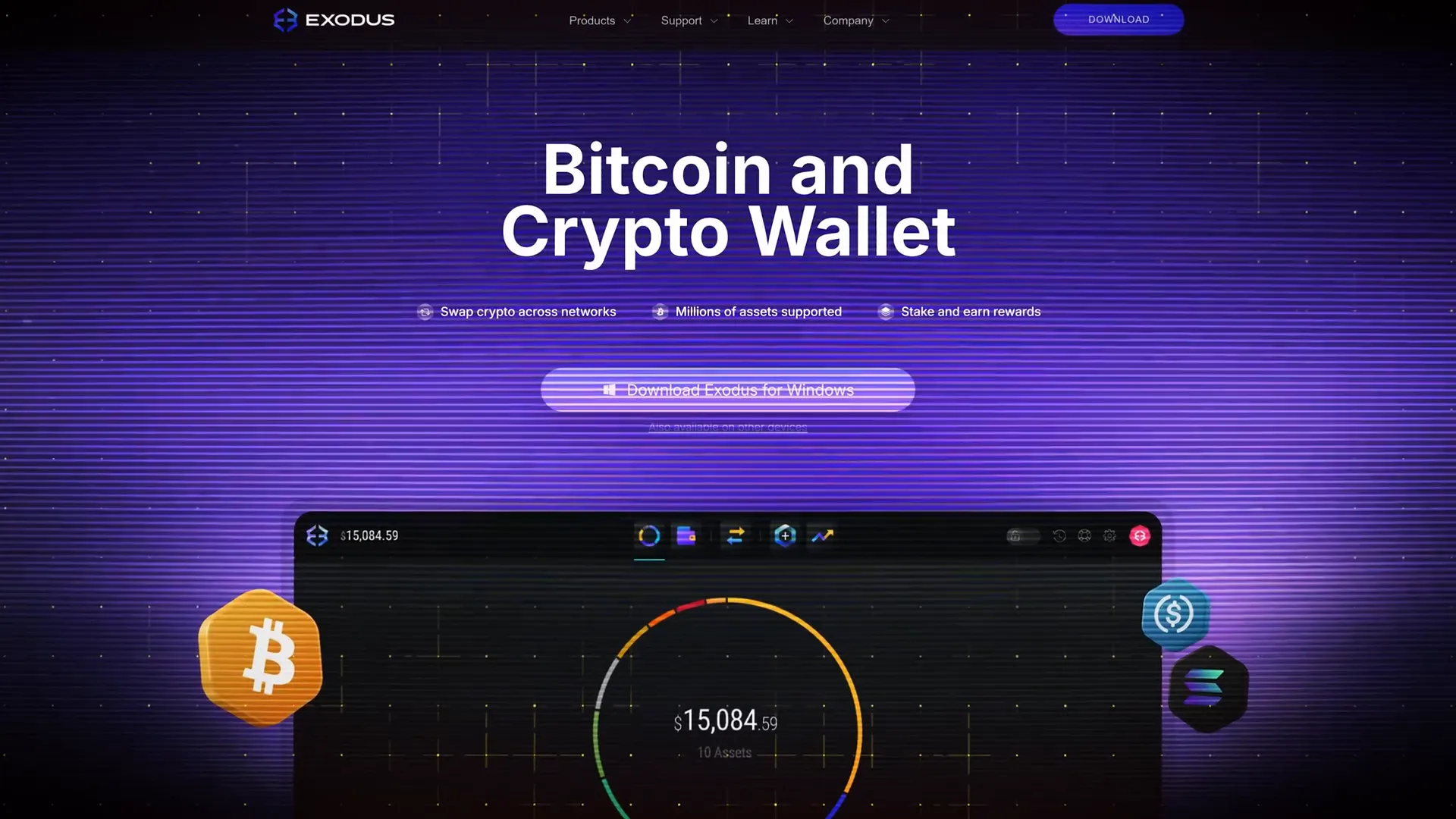
Features and Usability
- Intuitive, sleek user interface on both mobile and desktop.
- Customizable dashboard with live market data and crypto news feed.
- Supports over 100,000 cryptocurrencies across 50+ blockchains.
- Built-in buying, selling, swapping, and staking features.
Exodus emphasizes simplicity and fun, making it ideal for users who prefer a no-nonsense approach to crypto management.
Security Overview
Exodus has never suffered a hack, exploit, or vulnerability in its decade-long history. However, it is only partially open source, as some code portions are proprietary to prevent malicious copying. It also lacks traditional two-factor authentication (2FA), opting instead for a unique integration with Trezor hardware wallets for 2FA and cold storage key management.
This collaboration allows users to keep private keys offline while managing assets in Exodus’s hot wallet — a compelling hybrid approach.
2. Trust Wallet: Open Source and Widely Trusted
Launched in California in 2017, Trust Wallet’s mission is to democratize crypto access. It’s completely open source and boasts a flawless security record with no known hacks or vulnerabilities.
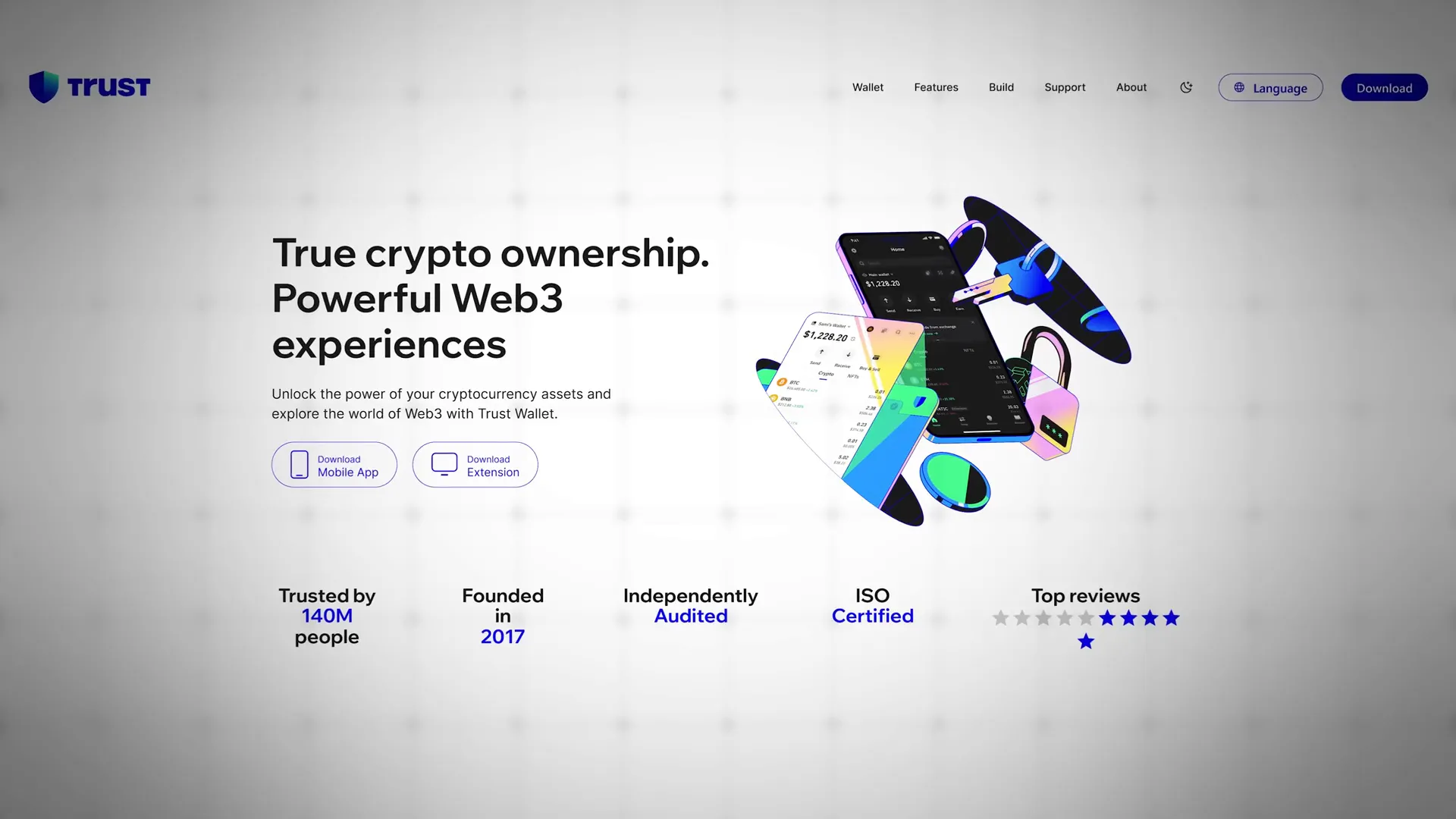
Key Features
- Supports over 100 blockchains and 10 million crypto assets and NFTs.
- Mobile app and browser extension with seamless multi-chain asset management.
- Integrated dApp browser with quick access to popular decentralized apps.
- Owned by the world’s largest crypto exchange but operates independently.
Trust Wallet’s user-friendly design shows all your crypto holdings in one list, eliminating the need to switch between blockchains manually. It’s suitable for users looking to manage a broad portfolio with ease.
3. Phantom: The Solana Favorite
Phantom began as a sleek Solana wallet but quickly became the go-to wallet for millions during meme coin mania. It’s now a multichain wallet, supporting EVM-compatible chains, Polygon, Bitcoin (Taproot and Segwit), and soon SUI integration.
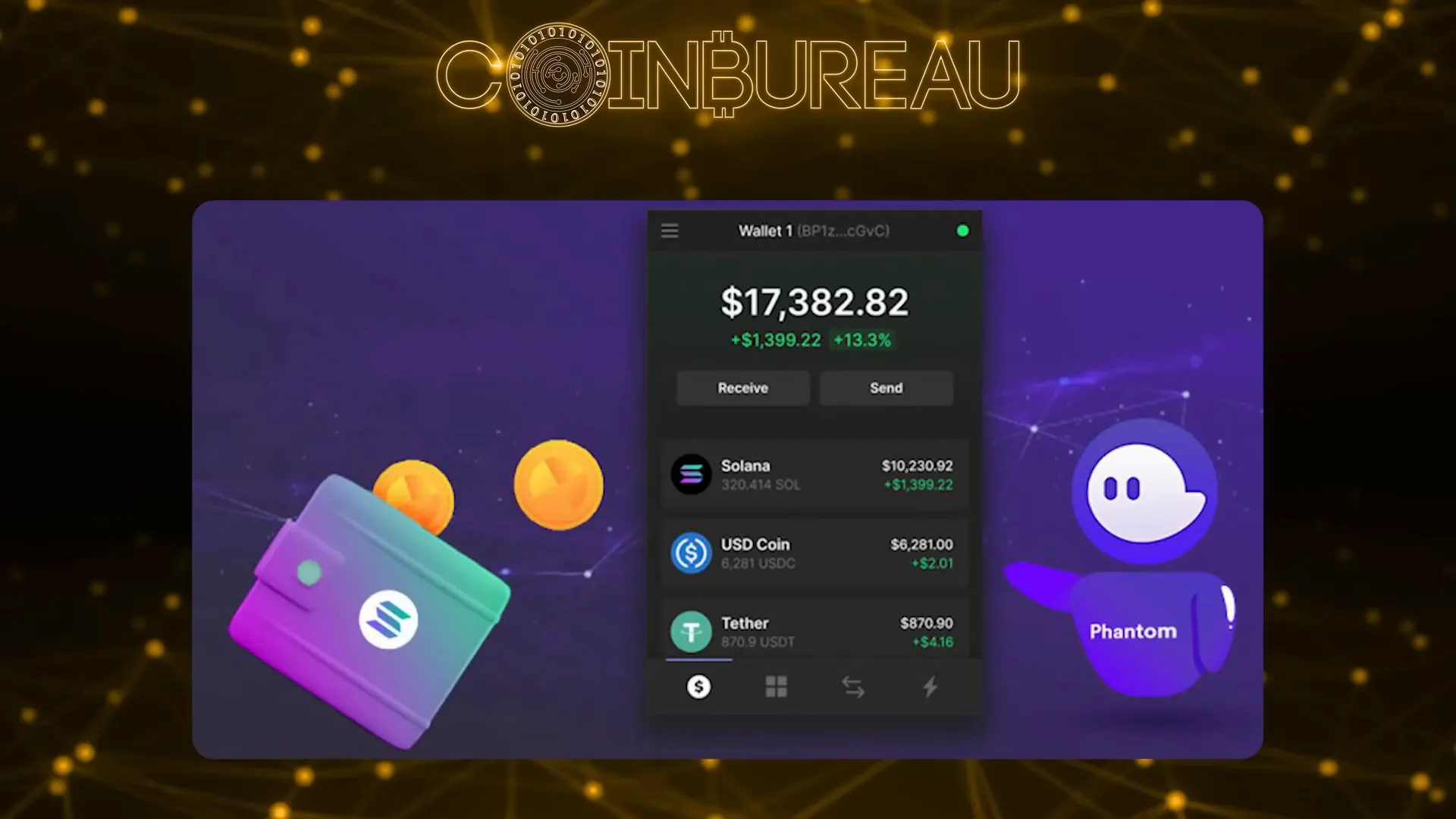
Why Phantom Stands Out
- Slick, responsive user interface designed for newcomers and veterans.
- Convenient token swap with a 0.85% fee on top of gas costs.
- Helpful ecosystem updates and verified airdrop notifications to avoid scams.
- Unique on-chain usernames to replace complex wallet addresses, enhancing user experience.
While Phantom is not open source, it has undergone independent audits and offers a bug bounty program rewarding up to $50,000 for vulnerabilities. Its recent $150 million Series C funding values the company at $3 billion, signaling a bright future.
4. Coinbase Wallet: For Beginners and Exchange Users
Initially launched as Toshi in 2018, Coinbase Wallet is a well-resourced, polished option available as a mobile app and browser extension. It supports Bitcoin, Ethereum, Solana, Dogecoin, Litecoin, and all EVM chains.
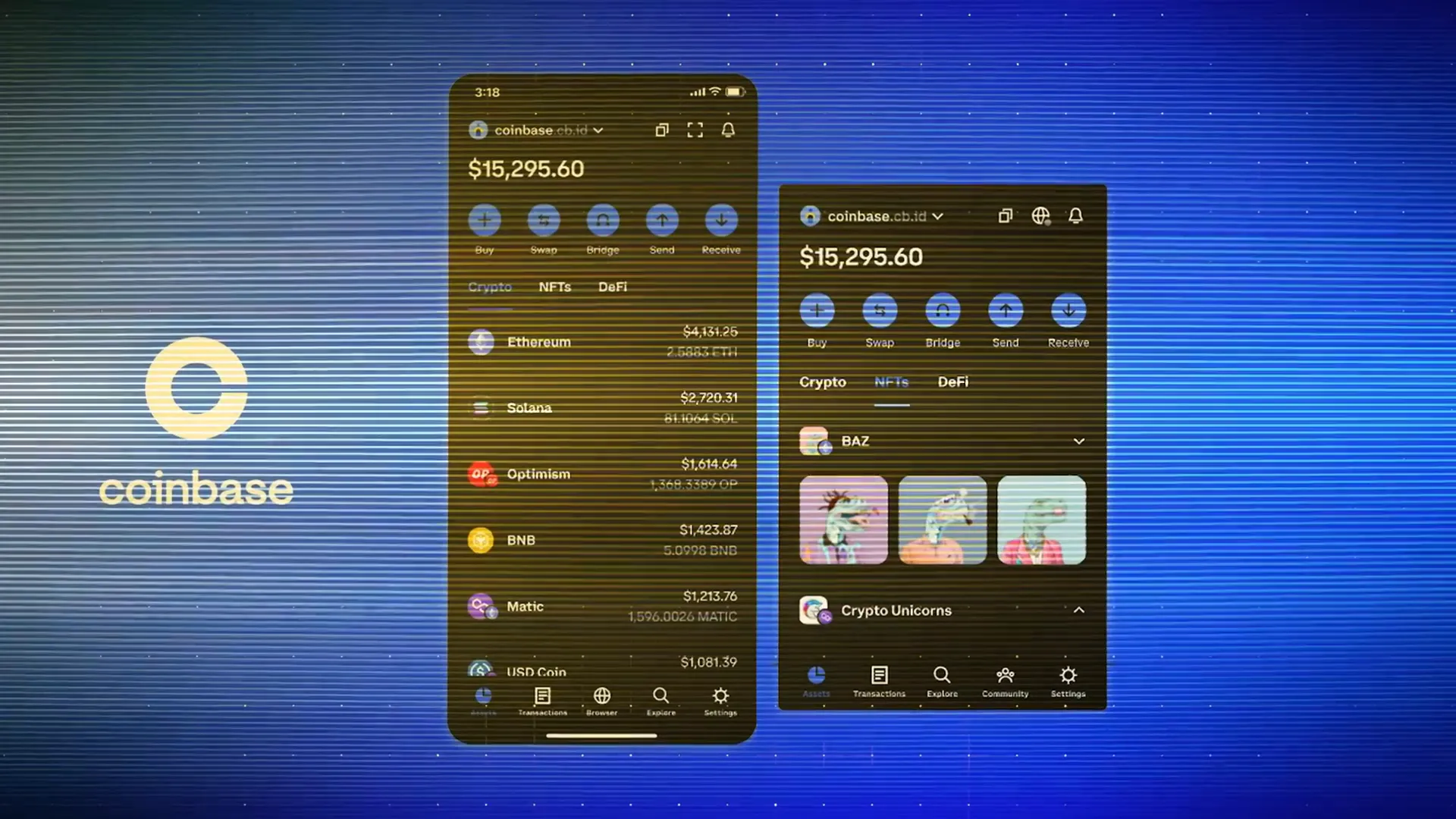
Notable Features
- Integrated buying, selling, swapping, and staking capabilities.
- Convenient asset transfers between Coinbase exchange accounts and wallet.
- On-chain usernames (“basenames”) with pricing based on name length.
- Unique messaging feature based on the XMTP network, enabling social interactions within the wallet.
- Biometric and 2FA protection, plus secure enclave on compatible devices emulating cold storage.
- Optional wallet backup via Coinbase account, though this introduces KYC considerations.
Coinbase Wallet is especially attractive for Coinbase exchange users and those interested in exploring Coinbase’s Ethereum Layer 2, Base.
Key Tips for Keeping Your Crypto Safe in 2025
Regardless of which wallet you choose, certain best practices remain critical to safeguarding your crypto assets:
- Always Obtain Wallets from Official Sources
Download software wallets only from official websites and verified app stores. Purchase hardware wallets directly from manufacturers to avoid tampered devices. - Don’t Keep All Eggs in One Basket
Spread your hot wallet holdings across multiple wallets to minimize risk. Since hot wallets are generally free, diversification is easy and advisable. - Secure Your Devices
Ensure the computer or phone you use for wallets is free from malware such as keyloggers. A compromised device can render any wallet insecure. - Use Hardware Wallets for Long-Term Storage
For significant holdings or long-term HODLing, cold storage with hardware wallets remains the safest option. - Be Wary of Phishing and Scams
Never click on suspicious links, especially related to airdrops or wallet backups. Verify all links and announcements through official channels.
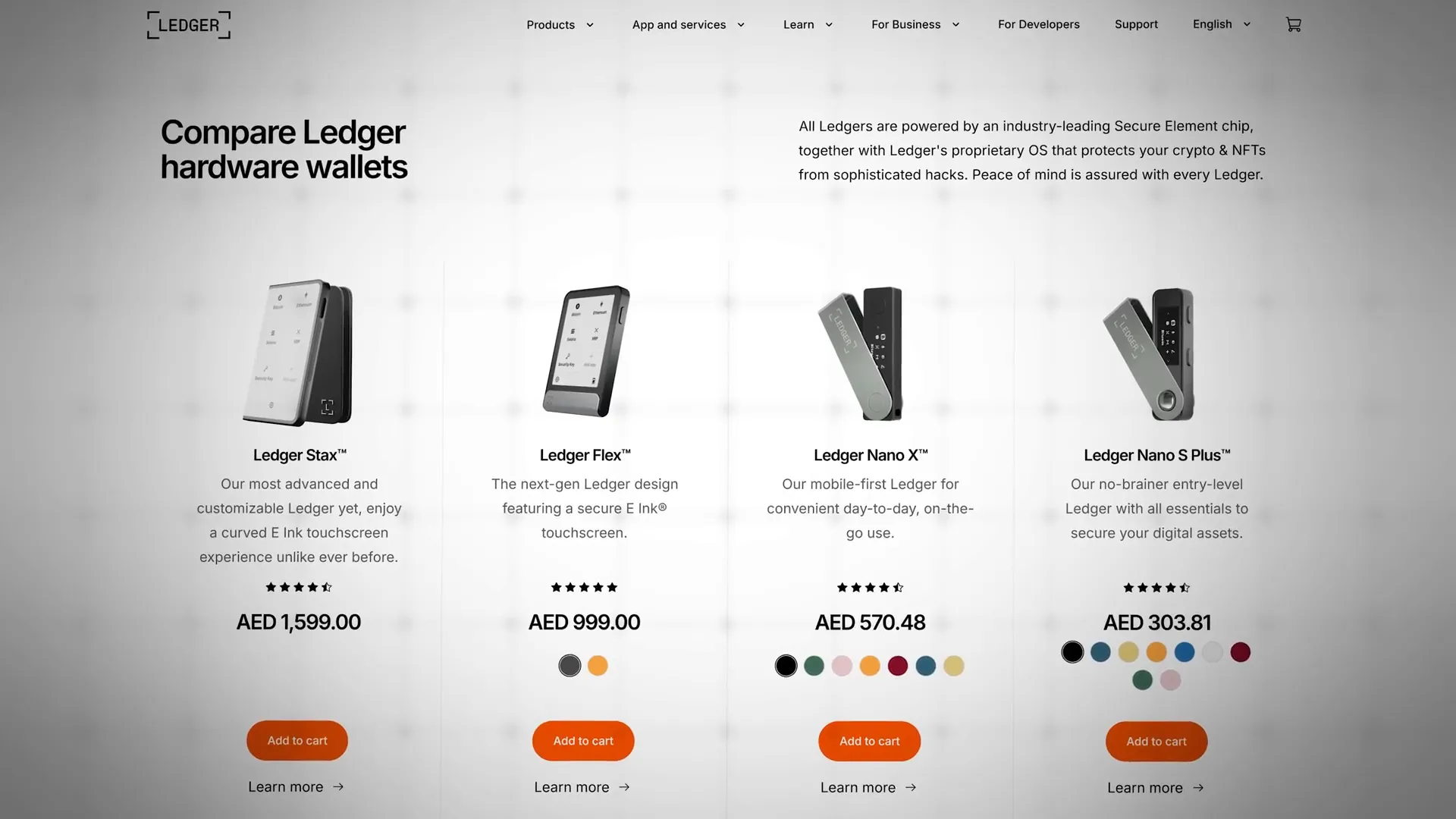
Conclusion: Which Are the Best Crypto Wallets 2025?
Choosing the best crypto wallet in 2025 boils down to balancing security, usability, and your specific needs. For ultimate security, hardware wallets like Ledger and Trezor offer unparalleled protection for your private keys offline. Ledger’s wide asset support and mobile compatibility make it an excellent choice for active users, while Trezor’s open-source transparency appeals to security purists.
On the software side, wallets like Exodus and Trust Wallet provide user-friendly, reliable hot wallets with excellent track records. Phantom is the wallet of choice for Solana enthusiasts and offers a seamless multi-chain experience. Coinbase Wallet integrates exceptionally well for users already invested in the Coinbase ecosystem, with innovative features like messaging and on-chain usernames.
Ultimately, many users will benefit from a hybrid approach: storing the bulk of their assets in cold hardware wallets while using multiple software wallets for daily transactions and staking.
Remember, the best crypto wallet is the one you feel comfortable using securely. Always prioritize security hygiene, buy from official sources, and keep your devices safe.
Frequently Asked Questions (FAQ)
What is the safest type of crypto wallet?
Hardware wallets (cold wallets) are the safest because they store your private keys offline, protecting them from online hacks and malware.
Should I keep my crypto on an exchange wallet?
It’s not recommended to keep crypto on exchanges long-term due to risks of hacks, freezes, or platform shutdowns. Use exchanges only for trading and transfer funds to non-custodial wallets for storage.
Are expensive hardware wallets more secure?
Not necessarily. Security depends more on offline key storage and the presence of a secure element than on price or extra features like touchscreens or Bluetooth.
What is the difference between hot and cold wallets?
Hot wallets are connected to the internet and offer convenience but are more vulnerable to hacks. Cold wallets are offline devices or paper wallets that offer increased security but less convenience.
Can I use multiple wallets to store crypto?
Yes, distributing your assets across several wallets reduces risk and is considered a good security practice.
Are open source wallets more secure?
Open source wallets allow the community to audit the code, which can lead to quicker identification and fixes of vulnerabilities. However, security also depends on maintenance and user practices.
How do I know if a wallet supports my cryptocurrencies?
Always check the wallet’s official website or documentation to confirm it supports the specific coins and tokens you hold.
Is it safe to use software wallets on my phone?
Yes, provided your phone is secure and free from malware. Use official apps downloaded from trusted sources and enable device security features.
What is a Secure Element in hardware wallets?
A Secure Element is a tamper-resistant chip designed to securely store private keys and sensitive data, providing an extra layer of hardware security.
What precautions should I take when buying hardware wallets?
Buy hardware wallets only from official manufacturers or authorized resellers to avoid tampered or compromised devices. Avoid second-hand devices.


